CITY OF IQUITOS
The city of Iquitos is located in the heart of the North Eastern jungle of Peru, being the capital of Mayas (Loreto). The city is located on the banks of the Amazon River, Iquitos is surrounded by a number of rivers and minor canals. It has abundant nature and great architectural beauty.
Iquitos is recognized as one of the main river ports of Peru, it is known as the “Isla Bonita” (Beautiful Island).
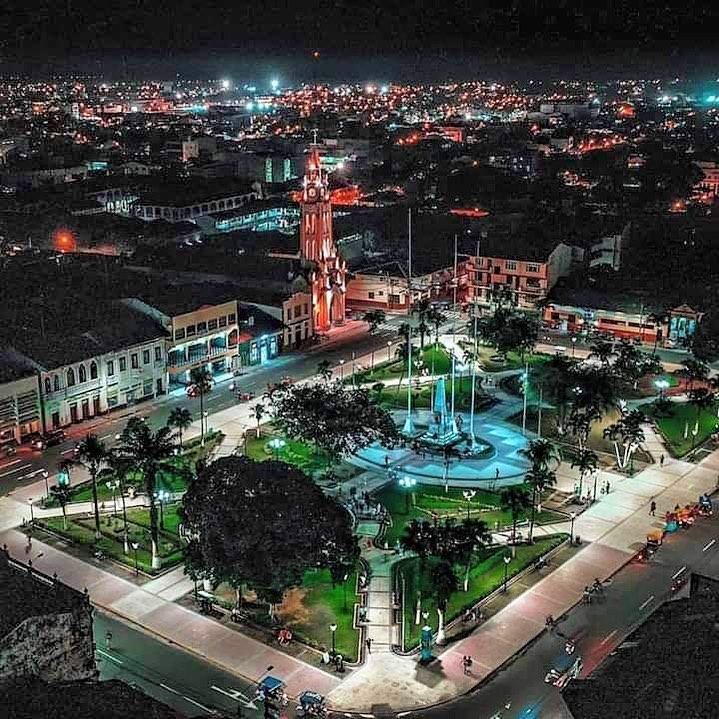
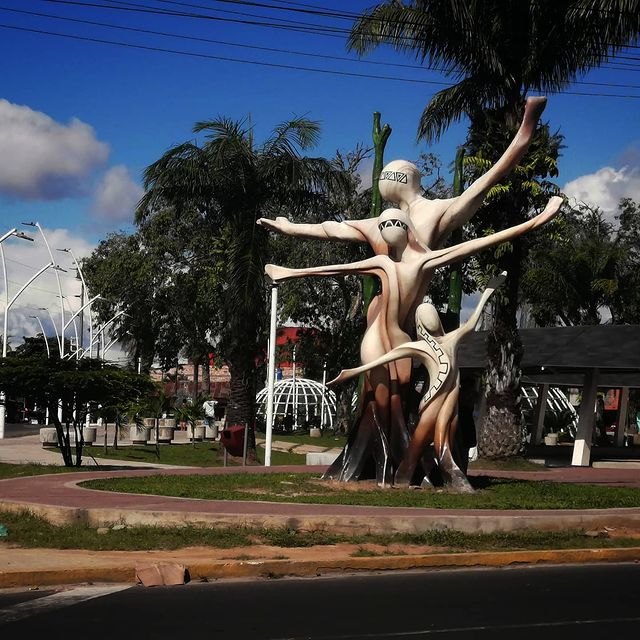
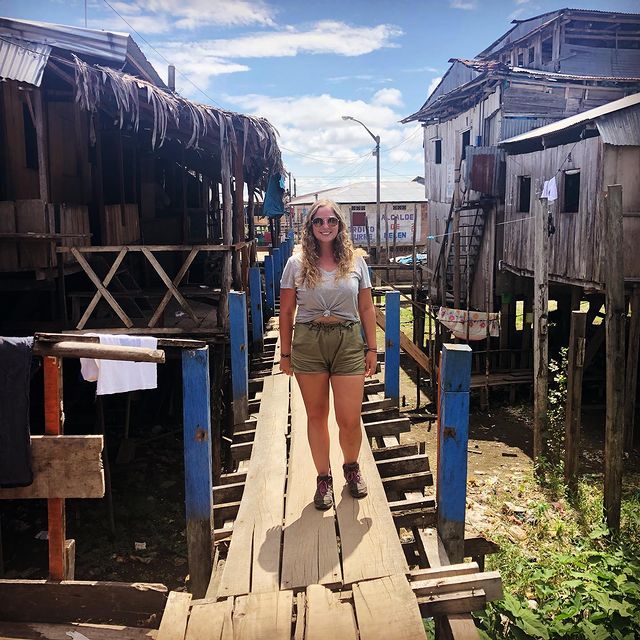
LOCATION
The district of Iquitos belongs to the province of Maynas in the department of Loreto, in the heart of the Peruvian jungle.
HOW TO GET TO IQUITOS?
Here we give you the two options of how to get to Iquitos:
By air. – The trip is direct from the city of Lima, arriving at the international airport Coronel FAP Francisco Secad, the flight lasts approximately one hour and a half.
CURRENCY
Sol ( S/ ). is the official currency of Peru.
CLIMATE
The climate in Iquitos is very warm and cloudy, during the course of the year, the temperature varies from 22°C which is the lowest to 32°C being the highest, rarely falls below 20°C or rises to more than 34°C. The month with the highest intensity of rainfall is the month of April.
TRANSPORTATION
- Buses. – There are public transport buses known as “colectivos” or “Jumbos”, the price of the colectivo is only S/. 1.00 from any point in the city to the end of the route of these buses.
- The Mototaxi. – These are three-wheeled vehicles, like a motorbike with a back seat for two or three passengers, and are generally used throughout the city.
- Sliders – Boats – Boats. – The traditional vehicles used for transportation on the rivers of the Peruvian jungle are the canoes, the peque peque, the sliders and the boats, these vehicles are dedicated to the transport of people and others exclusively for the transport of cargo.
LODGING
Here you will have two options, either to stay in a hotel in the same city with all the comforts and electronic services, or in a lodge in the camps which are generally rustic.
WHAT TO DO IN IQUITOS
1.- Pacaya-Samiria National Reserve
The Pacaya Samiria Reserve in Iquitos is the second largest protected area in Peru, it has a biodiversity with floodable tropical rainforests, the National Reserve includes part of Loreto, the forests are autonomous ecosystems that are home to lagoons such as the El Dorado oxbow lake and native communities in which there is experiential tourism.
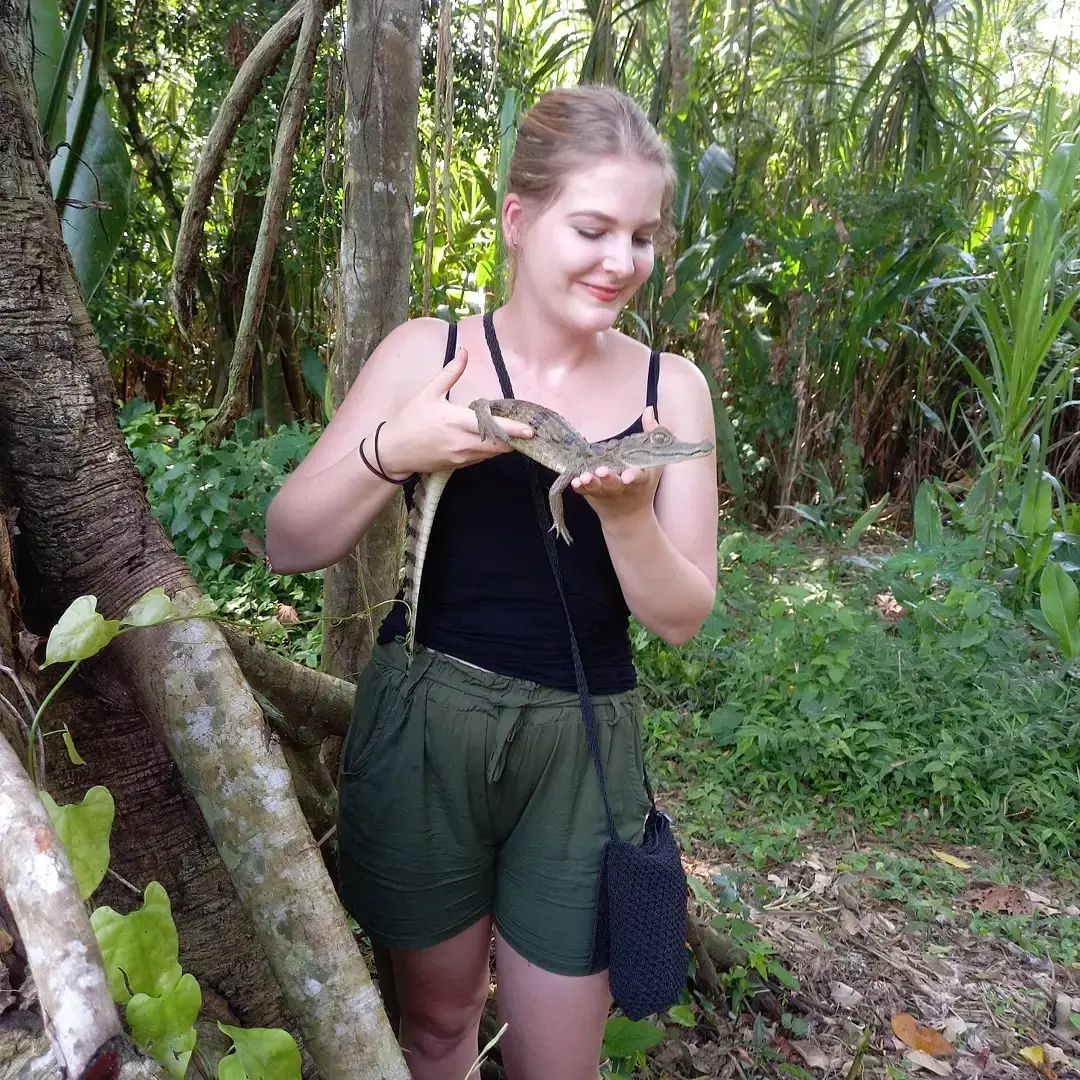
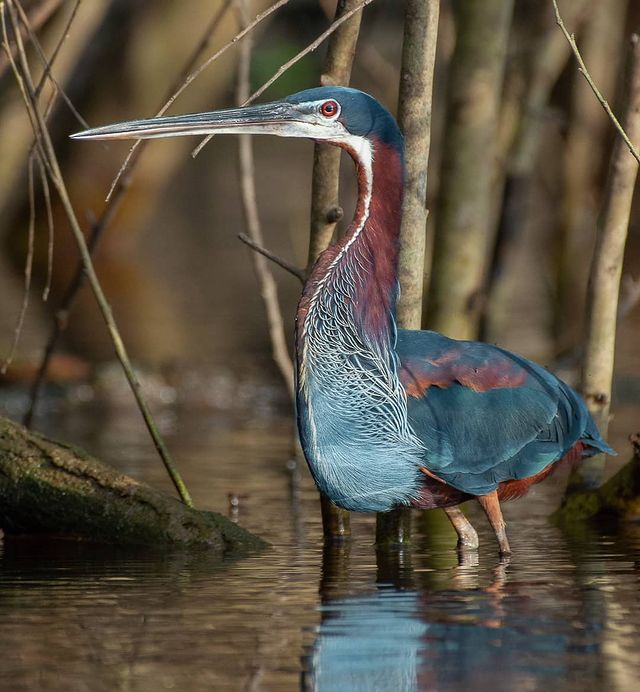
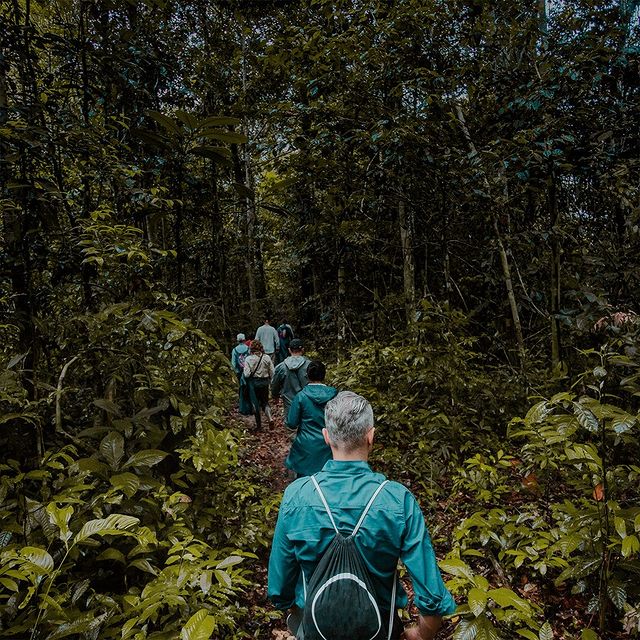
2.- Monkey Island
Monkey Island in Iquitos is one of the places you can’t miss, it is one of the places you definitely have to visit. Unlike zoos, the purpose of this refuge is to assist and care for primates in a state of vulnerability, so that once they have recovered, they can be reinstalled in their natural habitat.
Here you will find diverse species of primates among which you can find choro monkeys, stump monkeys, lion monkeys, marmosets, maquisapas, spiders and howler monkeys.
To get to the monkey island you have to leave from the port of Nanay by boat, the trip lasts approximately 30 minutes, on the way it is possible to observe pink dolphins and macaws.
3.-Walk around the city of Iquitos
In the city of Iquitos we will be able to visit the main square where the villagers meet for a walk, the square is composed by gardens, obelisks of the heroes and an ornamental fountain. In where we will be able to appreciate:
- The Iron House. – It is the most famous building of the city of Iquitos, the structure is of 2 floors, an elegant construction of metallic sheet, formed in Belgium sent all through the Atlantic and by the Amazon and reconstructed piece by piece.
- The central cathedral of Iquitos. – It is located next to Casa de Hierro, in the Plaza de Armas of Iquitos, declared as Historical Cultural Patrimony of the Nation of Peru in 1996.
- The Belen Market. – It is one of the busiest places where they sell the bijao leaf, which is used to wrap the juane, the most traditional dish of the Amazon.
- Amazon Museum. – It is a place to appreciate and learn about our anthropology, mainly dedicated to the main communities of the native community of the Amazon.
- Ayapua Historical Ship Museum.- This 1906 ship was brought from Hamburg, Germany. It is a floating museum on the banks of the Itaya river, witness of the appreciated rubber era.
4.- Pilpintuwasi Butterfly Farm
The Mariposario houses numerous species of butterflies, as well as functioning as a rescue centre for some Amazonian species, protecting animals affected by the poaching industry. It is located 20 minutes north of Iquitos. You will be able to see animals besides butterflies such as the red or English monkey and a variety of species such as the otorongo, the two-toed sloth, even a jaguar.
5.- Yanayacu Communal Reserve
The Communal Reserve is located inside the Pacaya Samiria National Reserve next to the Yanayacu River which is a Quechua word meaning Black Waters, this is due to the falling of the leaves of the trees into the river. In the river you can see pink dolphins, caimans, birds and a diversity of animals.









